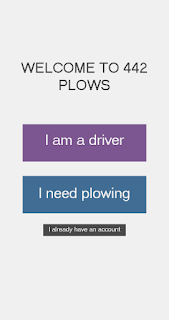Good design Doesn't Make People Happy
The article discussed can be seen here This article asked us to put aside, almost unlearn, the habits and processes we learned this semester. It had a similar message to the article we read about Facebook's redesign a few years ago , which said that a good design will win out and ultimately make people 'happier'. This article added on to that sentiment that making a client happy is not necessarily part of the designer's job, that by fulfilling their needs instead of their arbitrary desires, a better product is created that will better accomplish the original goal. This article seems to be in direct opposition with the conversation we had will Will Seyffer (Designer at Facebook) who talked about how fully empathizing with customers allowed for a better design to form. While I think that empathy can be useful, I think that assessing the needs and almost dismissing the whims of the client would result in a more well rounded finished design. Discussion Qu...


